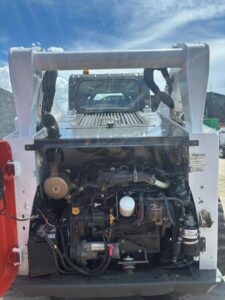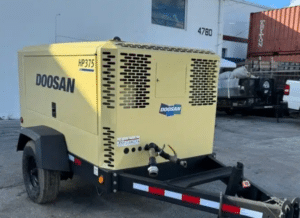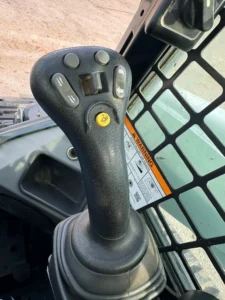
The Importance of Oil Changes for Your Bobcat Skid Steer
Oil changes for your Bobcat skid steer loader is essential for ensuring it operates efficiently and has a long lifespan.
Hialeah, Florida 33013
We're at your service
Online store always open

Skid steers are like the Swiss Army knives of construction—super handy. However, figuring out whether to rent or buy comes down to one simple question: which strategy will be most profitable?
Renting Pros:
Good for Quick Jobs:
Renting is like borrowing the right tool for a quick fix—no big upfront costs or worries about repairs.
No Maintenance Worries:
Renting means you don’t have to stress about maintaining the machine. You rent it and forget about it. It’s like using a tool without the hassle of keeping it in top shape.
Renting Cons:
Costs Add Up:
But, renting over time can end up costing more than buying, especially for regular use.
Not Always Available:
Popular skid steers may be booked when you need them, affecting your project plans.
Can’t Customize Much:
You might get a machine that’s not in top shape, limiting what you can tweak and affecting how well it works.
Cost Tip:
Renting usually runs $3,000 to $4,000 per month—important to think about for short-term jobs.
Buying Pros:
Better Long-Term Deal:
Buying is like investing in a tool you use a lot—it’s often cheaper than renting over time.
You’re in Charge:
Having your own machine means you can tweak it to fit your needs, just like customizing your tools.
Always Ready:
No more waiting on rentals. Your machine is ready whenever you need it.
Looks Good to Clients:
Owning your gear shows clients you mean business and can boost their confidence in your work.
Tax Breaks:
Using tax deductions (Section 179) is a smart move when buying. It helps with costs and keeps your equipment up to date.
Buying Cons:
Upfront Cost:
Buying needs a decent upfront payment, so plan carefully to make sure you receive a return on your investment.
You Handle Fixes:
You’re responsible for keeping it in shape, which incurs additional expenses. But if you follow timely PMs and are comfortable performing your maintenance, you can leverage your skills to get even more value out of your investment.
Value Drops Over Time:
As it gets older, the machine’s worth less. Keeping the machine in good running condition. Selling at the right time matters for keeping profits up.
Efficient Equipment Cycling:
But, here’s the deal— with the right business plan, you can turn your purchase of a skid steer into an ATM, an asset that can produce profit. It means you sell at the right time, use tax breaks, and stay updated with newer models. This strategy can make owning much more favorable than renting in the long run.
Conclusion:
So, renting or buying a skid steer? Think about it like choosing between borrowing a tool or owning it. Rent for short gigs to save money upfront, but watch out for costs piling up.
Buy for the long haul—it’s often cheaper and gives you control. It looks good to clients, and using tax breaks smartly keeps your business on track.
If you find yourself regretting the amount spent on rentals by the end of the year, you might be leaving potential profit on the table. Just remember, owning is usually better for steady construction work, and if you plan your finances and maintenance right, you’ll get the best results. Efficient equipment cycling can be a game-changer in making ownership more profitable.

Oil changes for your Bobcat skid steer loader is essential for ensuring it operates efficiently and has a long lifespan.

Air compressors, especially those with capacities of 185 CFM or higher, are vital on construction sites for their power and

🚧🔧 Attention Contractors! 🛠️🚜 Let’s dive into the world of skid steer controls and explore the diverse options available, including

In a tiny village called Electronville, lived three busy characters: Watts, Volts, and Amps. Watts was the energetic kid, always